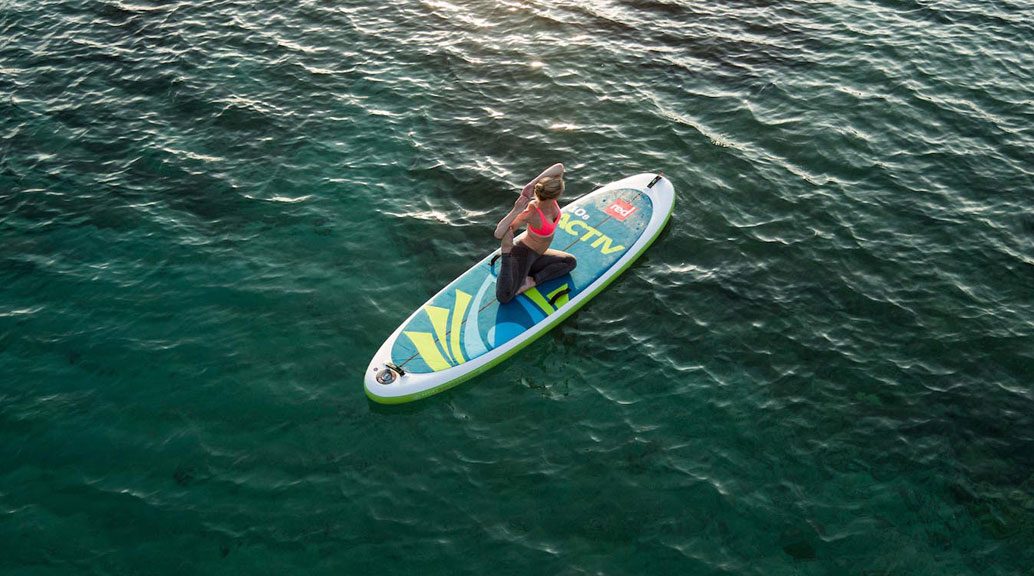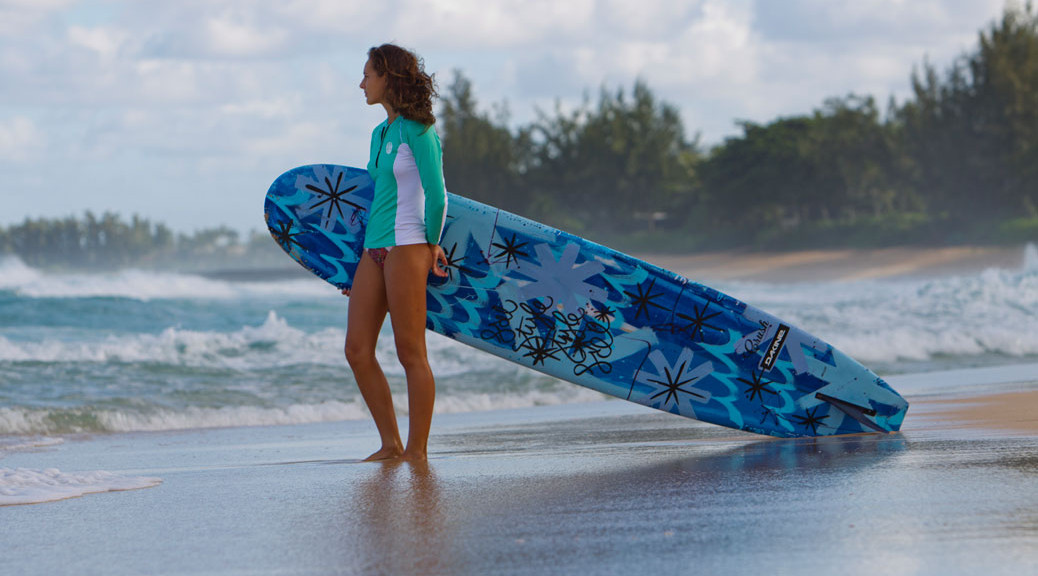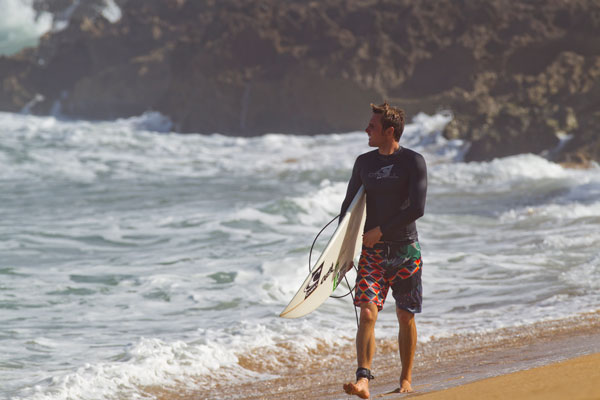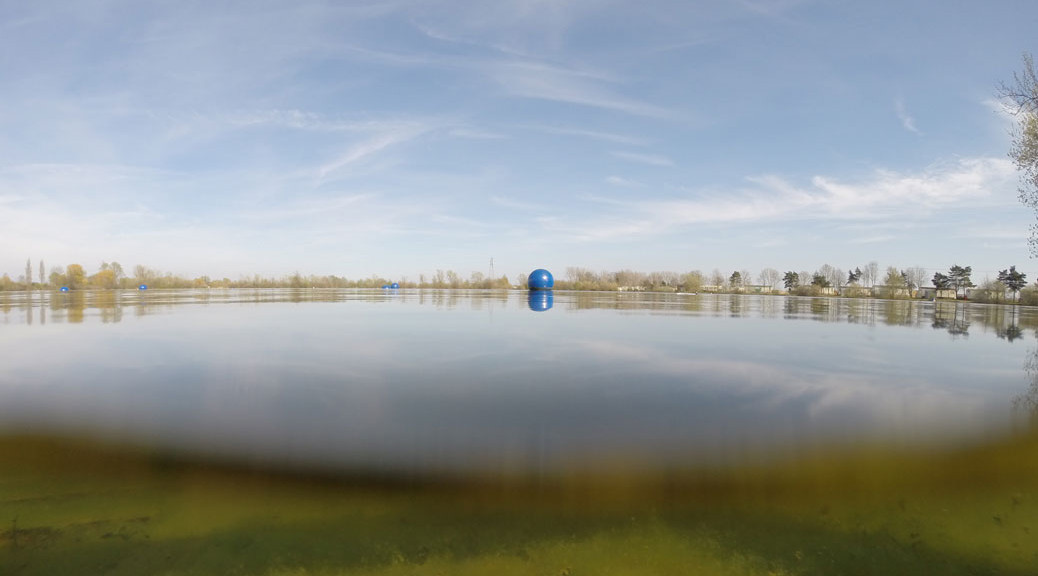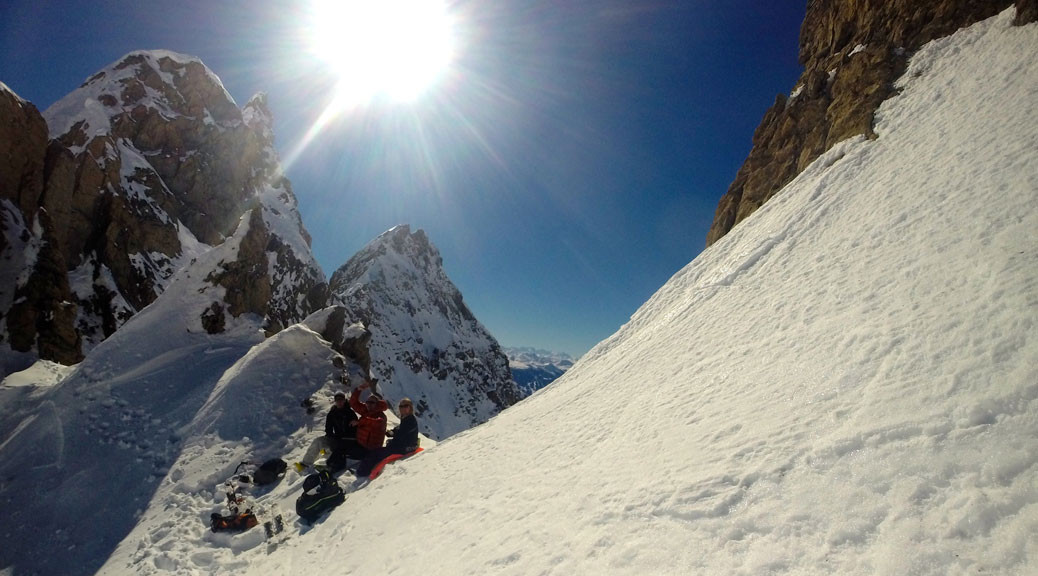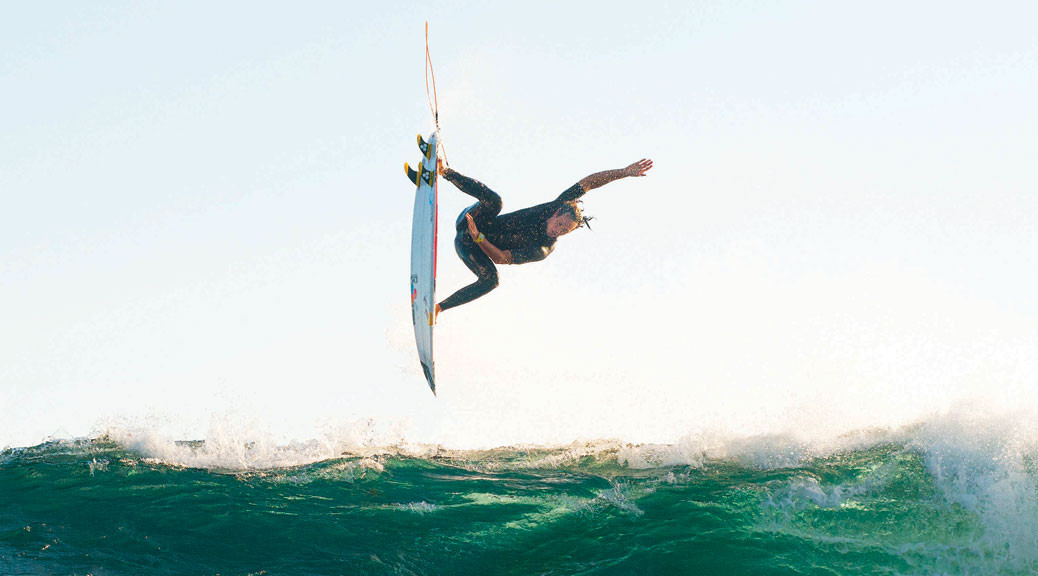SUP yoga is becoming increasingly popular and with good reason – it’s not only great fun but a fab workout too, providing an excellent way to get your yoga fix whilst being out on the water. Here are my top reasons why I love to do my yoga practice on my SUP.
One of the main things I love about doing yoga on my SUP is it’s a completely different experience to being on a mat in a studio – it really takes everything I think I know about my practice and throws it up in the air (or into the water should I say!) Playing with the instability element of the SUP means that I’ve had to learn how to work poses I practice regularly in a different way, in order to maintain balance. Holding yoga poses on the board demands a lot of core strength, and has found me working new muscles in order to keep my balance. It’s also been a great revealer of muscle imbalances I hadn’t noticed before. I realized that in downward dog I was pressing more weight through one side of my body than the other. Whilst it’s easy to ignore this on the mat, on the water press more weight through one hand than the other and the board will definitely let you know! This all means that practicing SUP yoga is a really effective way to strengthen your body in a more balanced way which in turn translates to an improved SUPing/surfing/windsurfing etc. performance too!
Because even the smallest of movements can throw my balance off, I’ve noticed that I bring a different quality of attention to my practice on the water. I need to be completely fully in the present moment if I want to stay on the board! But by the same token, falling off is pretty much inevitable and also part of the fun! It’s helped me to let go of my expectations and the need for perfectionism, and just go with the flow – a good metaphor that can be carried over to life too I guess! Ironically, I find that when I fight the movement of the board that is when I fall, whereas if I move with its natural rhythms the poses become naturally more stable, and more enjoyable too!
Finally, I love the fact that SUP yoga allows me to combine my love of being outdoors in nature with yoga. There really is nothing more relaxing than lying in savasana with the board gently rocking underneath you – on a warm sunny day it really is bliss!
So, whether you’re a paddle boarder looking to work on your flexibility and core strength, a yogi who fancies taking your practice to water, or are just looking for a different yoga experience outside of a yoga studio, SUP yoga has something for you!
Tallington Lakes Pro Shop stock Red Paddle Co inflatable SUPs.

